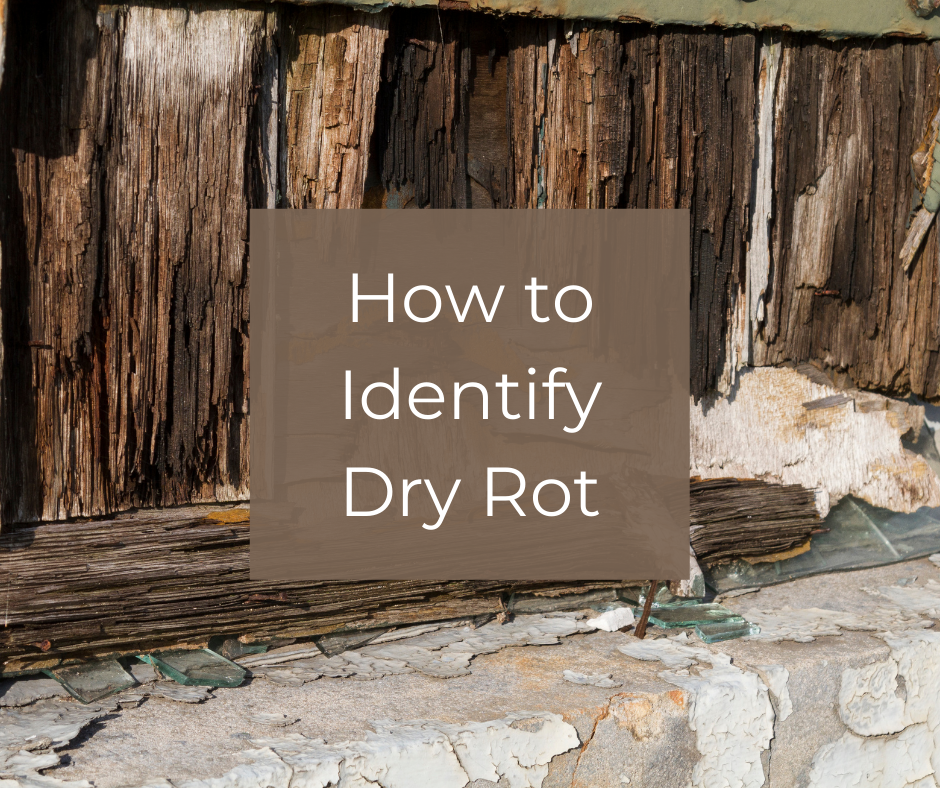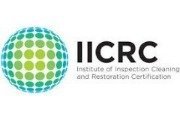Have you ever heard of dry rot? Would you know what it was if you had seen it? Dry rot can be a very difficult problem for home owners, as it can quickly spread in areas of your home that you can’t visibly see, like the attic, in the flooring, stairs, or where ever there is wood. Visible areas would be your windows, in your basement on the exposed wood, or your deck.
Dry rot is when wood becomes too wet with moisture and a wood-destroying fungus attacks the timber. There are different stages of dry rot, which are the following:
Mycelium Growth– You might notice a white/grey looking substance, similar to balls of cotton. It can spread across different material, as it is looking for its next food source- wood. It typically goes unseen, as it is often under floor spaces where it may be damp, or limited ventilation.
Fruiting Body– this is the last stage of the dry rot lifespan. It has a very distinct look, similar to a mushroom, fungus appearance. It will have an orange tint surface. The spores from the fruiting body will spread rapidly, giving off a rusty red color, advancing the stage of dry rot.
When comparing dry to wet rot, here are the differences between the two.
Wet rot– you will notice a dark black fungus appearance. The wood will look and feel damp or have a spongy texture, with a distinct musty smell.
Dry rot– depending on the stage, it could have the white/grayish cotton appearance, or the rusty red tint with mushroom like fungus and have an earthy odor. Deep cracks through the wood will be visible. The wood becomes brittle and worse case, can crumble with ease.
Both wet and dry rot can cause structural damage to a building. Dry rot is a more serious form of fungal decay, because it can spread quickly and destroy a large majority of the wood. Wet rot is more common, however, the damage is confined to the specific area that is damp.
When you notice you have issues with dry rot, you want to take care of the problem immediately. At Crew Construction and Restoration, our team will assess the damage, resolve the moisture issue (roof or pipe leak for example), dry out the area and replace all damaged timber. As a home owner, we want to make sure you property is structurally sound and solid. Don’t let dry rot put your home at risk. Call Crew for an assessment today!



